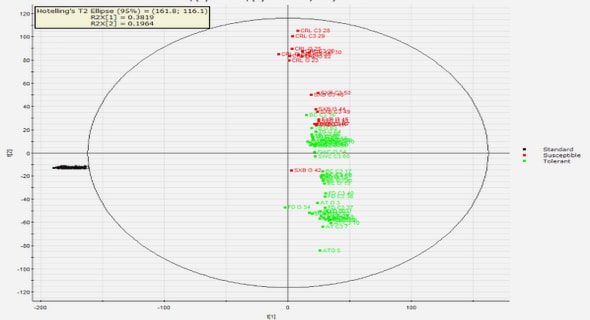Get Complete Project Material File(s) Now! »
Research paradigms
Guba and Lincoln (1994) define a paradigm as a set of basic beliefs or assumptions that define for its holder the nature of the world or reality (ontology), the individual’s place in it, and the possibilities of relationships that the holder may have with that world and its parts (epistemology). These assumptions represent a particular stance that a researcher takes when choosing a method of inquiry, i.e. research approach. Researchers generally select amongst three research approaches, namely, quantitative, qualitative, and mixed methods. Cresswell (2014) defines research approaches as “plans and the procedures for research that span the steps from broad assumptions to detailed methods of data collection, analysis, and interpretation” (p. 3). Four philosophical worldviews known to influence researchers’ choice of research approach are post-positivism, constructivism, transformatory worldviews, and pragmatism. Post-positivism is consistent with quantitative research and is sometimes referred to as ‘the scientific method’. The post-positivist research approach begins with a theory and determines whether the collected data supports or refutes that theory (Cresswell, 2014). This process of analysis usually leads to revisions and further testing. Qualitative researchers often take a constructivist worldview, which relies largely on participants’ views of the phenomenon being studied. Rather than starting with a predetermined theory, as in the post-positivist approach, the researcher generates or inductively develops a theory or pattern of meaning from the collected data (Cresswell, 2014). A transformatory worldview underpins research with an interest in addressing issues of social justice, discrimination, and oppression. Pragmatists use a combination of research approaches whether quantitative, qualitative or both to achieve a better understanding of the problem. Pragmatism serves as the philosophical underpinning for mixed methods research (Cresswell, 2014).
I followed a more inductive approach to analyse the pilot study data for behaviours that were indicative of social cognitive regulation. Using a coding scheme developed with the help of the pilot study data, I employed a qualitative content analysis to analyse the group discussions for manifestations of metacognitive regulation. An inductive approach was also followed in analysing the data collected through the retrospective individual and group interviews.
Therefore, I position my study as qualitative with influences of a pragmatic worldview.
Research design
Nieuwenhuis (2007) defines research design as “a plan or strategy which moves from the underlying philosophical assumptions to specifying the selection of respondents, the datagathering techniques to be used and the data analysis to be done.” (p.70). Research designs such as narrative approaches, phenomenology, grounded theory, ethnography and case studies are embedded within the worldviews held or lenses employed by qualitative researchers (Cresswell, 2014). The narrative approach and phenomenology lend themselves to research with a particular focus on studying individuals and their lived experiences. Case studies and grounded theory are popular in research with a primary focus on exploring processes, activities and events.
Ethnography, which has its roots in anthropology and sociology, lends itself to research conducted to learn about the shared patterns of behaviour of an intact cultural group within a natural setting (Cresswell, 2014). These five designs are similar in their general process of research in that they employ similar data collection methods, such as interviews, observations, documents, and audio-visual material, although in varying degrees (Cresswell, 2014). Each research design has its own way of collecting and analysing data and there are advantages as well as disadvantages to using each of them. Due to my particular interest in the manifestations of metacognitive regulation in social contexts, I chose to follow a qualitative case study approach. I chose this approach on the basis that it made provision for an in-depth study of social cognitive regulation in natural settings, it allowed for the use of multiple data collection strategies, as well as the possible use of a theoretical lens for the purposes of data analysis (Cresswell, 2014). In the next section, I provide a detailed description of the case study approach as a research method and explain why it was deemed an appropriate design for this research.
Case study design
The case study approach has been confused in the past with doing ‘fieldwork’ or participant observation rather than being viewed as a formal research method with its own logic of design (Platt, 1992). In her book dedicated to describing a case study as a research method, Yin (2014) provides a twofold definition of a case study, which presents it as an all-encompassing method that allows for an in-depth investigation of phenomena as they occur in natural settings. She also defines it as a way of triangulating data from multiple sources of evidence, as well as using prior developments of theoretical propositions to guide the subsequent data collection and analysis.
Chapter 1 Introduction to the study
Chapter 2 Literature review
Chapter 3 Research design and methodology
Chapter 4 Data analysis
Chapter 5 Team Kagiso: Patterns of metacognitive regulation
Chapter 6 Team Bettie: Patterns of metacognitive regulation
Chapter 7 Cross-case analysis of manifestations of metacognitive activity
Chapter 8 Discussion and implications
REFERENCES


